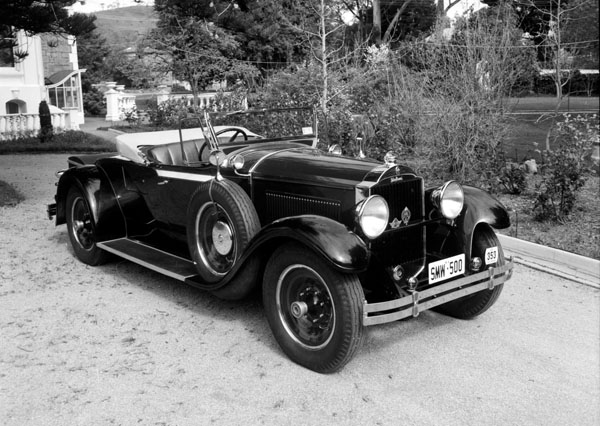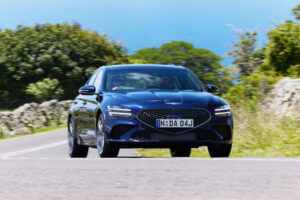
Throughout the world the name of Rolls-Royce has been associated with the best in automotive engineering. Prior to World War II the name Packard gloried in the popular title of `the American Rolls-Royce’. In fact, during World War II, Packard manufactured more 24-cylinder Rolls-Royce Merlin motors than the entire British aero engine industry. Packard started its climb to success in 1915 when it introduced the world’s first production V12 engine, based on a competition engine built by the British firm Sunbeam.
Packard called their cars using this engine Twin Six cars and they were very popular throughout the 1920s. To compete with General Motors, Packard introduced a straight-eight engine but some of their customers still wanted the V12. When Cadillac came out with their V16, Packard had little option but to recreate the legendary Twin Six in the early 1930s.
This, of course, was the time of the Great Depression so Packard resisted the concept of annual model changes and released the Twin Six as a new series rather than giving it a year model. The Twin Six pioneered the vee-shaped radiator which became a feature of all later model Packards. It had hydrolastic bumpers; a vacuum servo boosted the braking system; the aluminium-headed engine had dual-downdraught carburettors with thermostatically controlled automatic chokes, and the dashboard was fitted with an electric fuel gauge. In later models also had an in-built car radio.
The side valve V12 engine had a capacity of 7297cc and powered the rear wheels through a three-speed gearbox and a live rear axle.
Four body styles were originally introduced. These were a sport Phaeton, a fixed-head coupe‚ a convertible coupe‚ and a convertible sedan. With the depressed market some of these cars took two years to sell but this merely endorsed the wisdom of Packard’s policy of avoiding annual model changes. It also meant that any model could be changed as the manufacturer saw fit. As new modifications were introduced the Twin Six went to a Seventeenth Series before being discontinued at the start of World War II.
The last model produced was made for President Roosevelt and had bulletproof windows and bodywork. In fact, earlier bulletproof Twin Sixes were popular with a number of people and organisations, such as the US Secret Service. Even Al Capone had one during the prohibition period to ensure his safety and models were shipped to places like Venezuela and China for the protection of their leaders and politicians. The original Twin Six chassis also found much favour with undertakers seeking a stately hearse.








